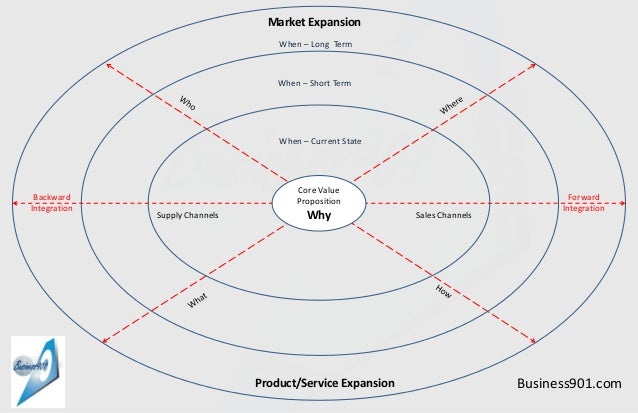Investing in the stock market can be a lucrative venture, but it comes with its fair share of risks. For those looking to enhance their investment portfolios and potentially increase profits, option trading strategies offer an excellent opportunity.
In this article, we will explore some great option trading strategies that can help investors make informed decisions and navigate the complexities of the market.
Introduction to Option Trading Strategies
Option trading strategies are essential in the financial market, offering investors a way to manage risk and maximize returns. By understanding and implementing these strategies, traders can navigate the world of options confidently.
Options are financial derivatives that grant traders the right but not the obligation to buy or sell an asset at a predetermined price within a specified timeframe. Traders can capitalize on both rising and falling markets through various option strategies.
Calls give the right to buy an asset at a specific price before the expiration date, while puts provide the right to sell at a predetermined price. Understanding these terms allows traders to make informed decisions based on market expectations and risk appetite.
Compared to traditional stock trading, options offer unique advantages such as leverage, income generation through premiums, and hedging against potential losses in other investments.
Basic Option Trading Strategies for Beginners
Option trading offers beginners a range of strategies to participate in the financial markets. Two common approaches are buying calls or puts and implementing the covered call strategy.
Buying calls involves purchasing options contracts in anticipation of the underlying asset’s value rising above the strike price. This strategy allows investors to profit from market upswings without owning the asset outright.
Conversely, buying puts entails acquiring options contracts with the expectation that the asset’s value will decline below the strike price, enabling investors to benefit from market downturns.
The covered call strategy involves selling call options against an existing long position in the underlying asset. By doing so, investors generate income through option premiums while retaining ownership of the asset. This strategy offers additional income on top of capital gains and provides some downside protection.
However, it is important to consider risks associated with these strategies. Missed opportunities may arise if the price of the underlying asset significantly exceeds the strike price when employing covered calls.
Understanding and utilizing basic option trading strategies can provide beginners with a solid foundation for success in this complex field. By weighing benefits and risks, investors can make informed decisions to enhance their trading outcomes.
Advanced Option Trading Strategies for Experienced Traders
Experienced traders can elevate their investment portfolios with advanced option trading strategies. Two popular techniques are vertical spreads and the iron condor strategy.
Vertical spreads involve buying and selling options on the same underlying asset with different strike prices. The bull call spread strategy aims to profit from a moderate increase in price, while the bear put spread strategy seeks to capitalize on a moderate decline.
The iron condor strategy combines bullish and bearish vertical spreads. Traders sell out-of-the-money call and put options while buying higher-strike call options and lower-strike put options. This strategy generates income through premium collection while limiting potential losses.
These advanced strategies provide traders with additional tools to navigate diverse market conditions effectively, potentially enhancing their trading outcomes and achieving their investment goals.
Risk Management and Diversification in Option Trading
In option trading, effective risk management and diversification are vital. Before executing any strategies, it is crucial to evaluate potential returns versus potential losses. Setting realistic expectations and being prepared for unforeseen circumstances help navigate the market with confidence.
Diversification involves spreading investments across different options and underlying assets, mitigating the impact of adverse market movements. Determining the appropriate allocation of capital for each trade through position sizing protects against significant losses and ensures a balanced portfolio.
These strategies are essential for successful option trading.
Successful Option Trading Strategies: Case Studies
In this section, we will explore real-life case studies of successful option trading strategies. These examples, implemented by experienced traders, provide valuable insights into how different strategies can be applied in specific market scenarios.
By examining practical examples and outcomes, readers will gain a deeper understanding of the potential benefits and risks associated with these strategies. This section aims to equip both beginners and experienced traders with the knowledge needed to navigate the complexities of options trading successfully.
Let’s dive into each strategy and explore practical examples that illustrate their implementation and outcomes.
[lyte id=’TOc1XyCu83I’]



